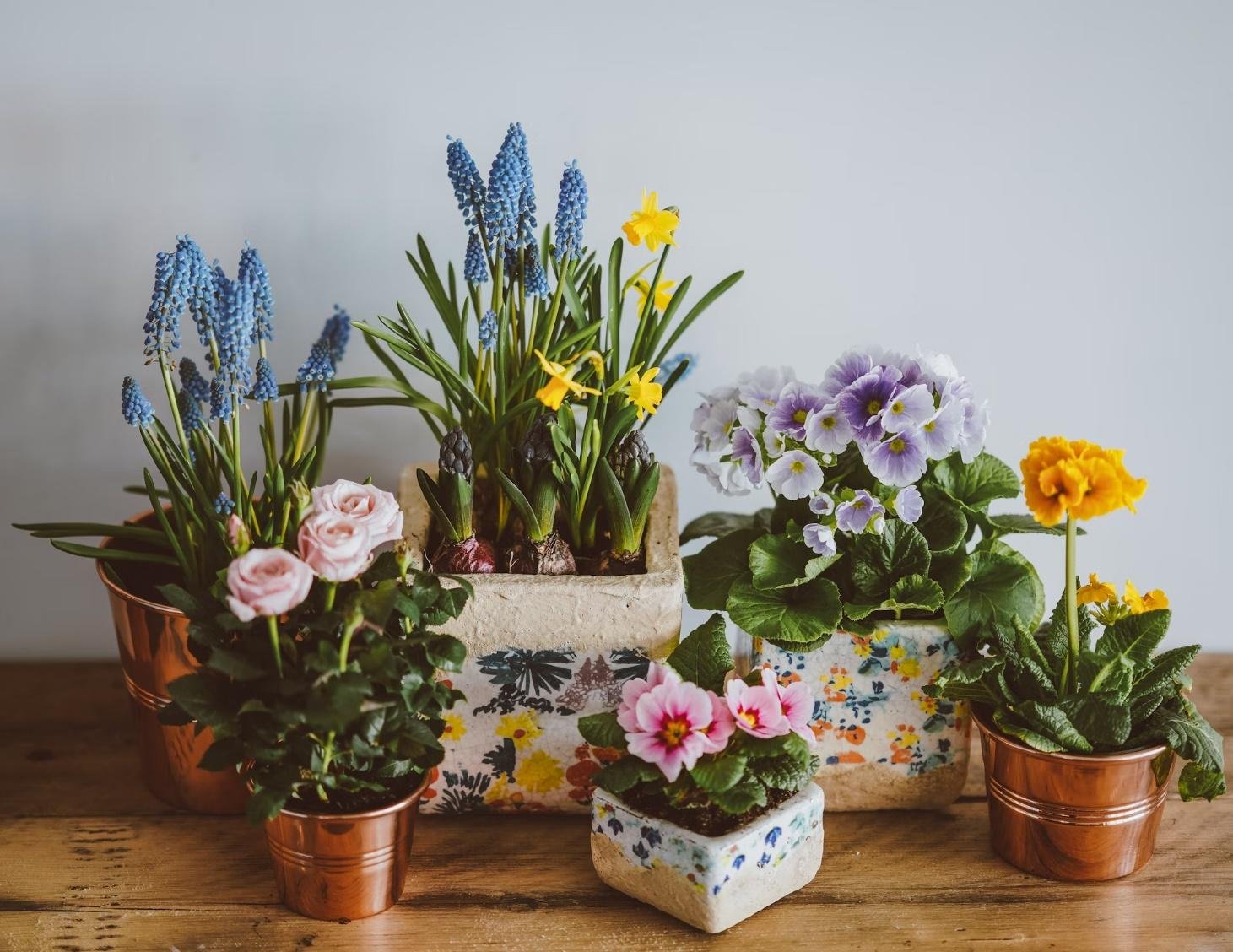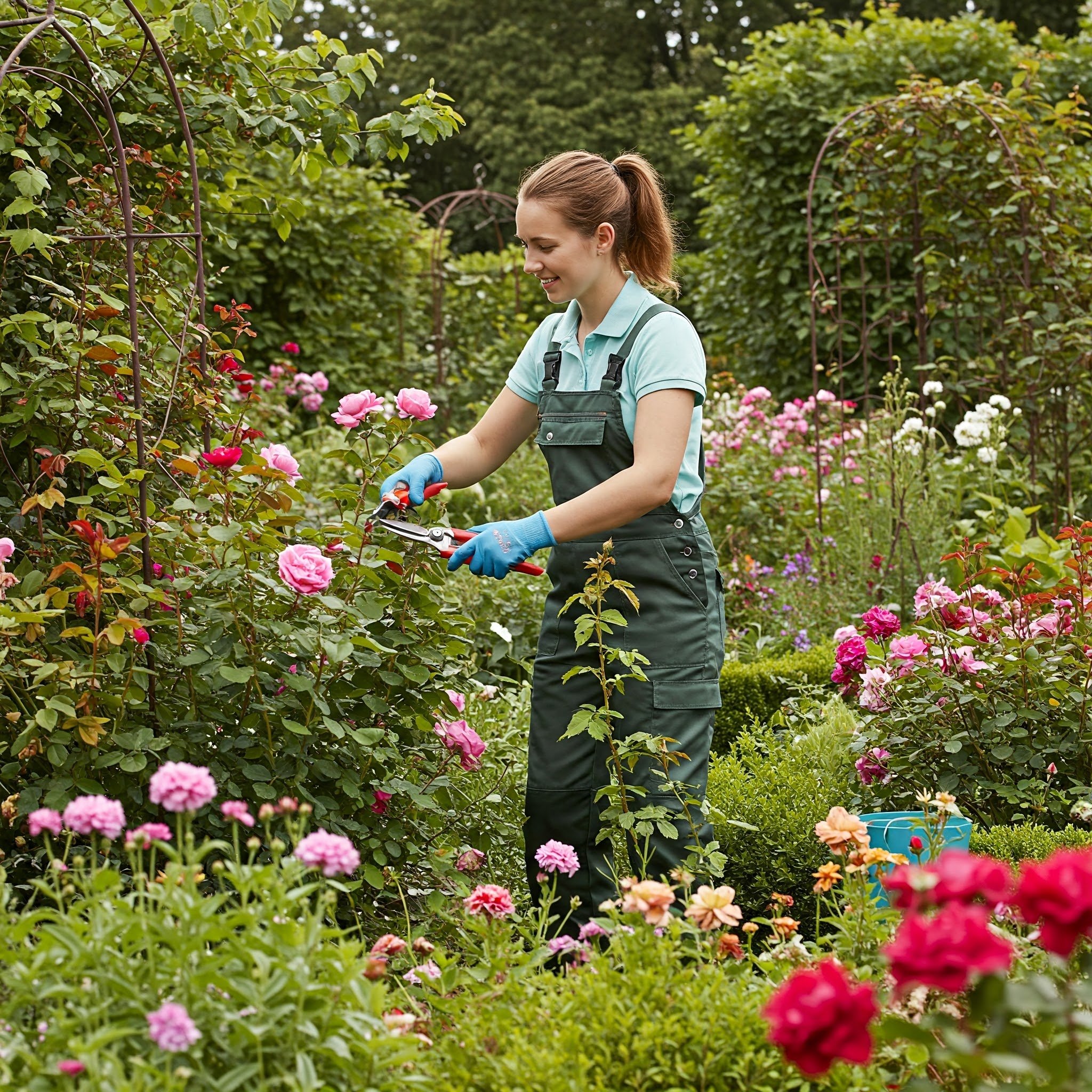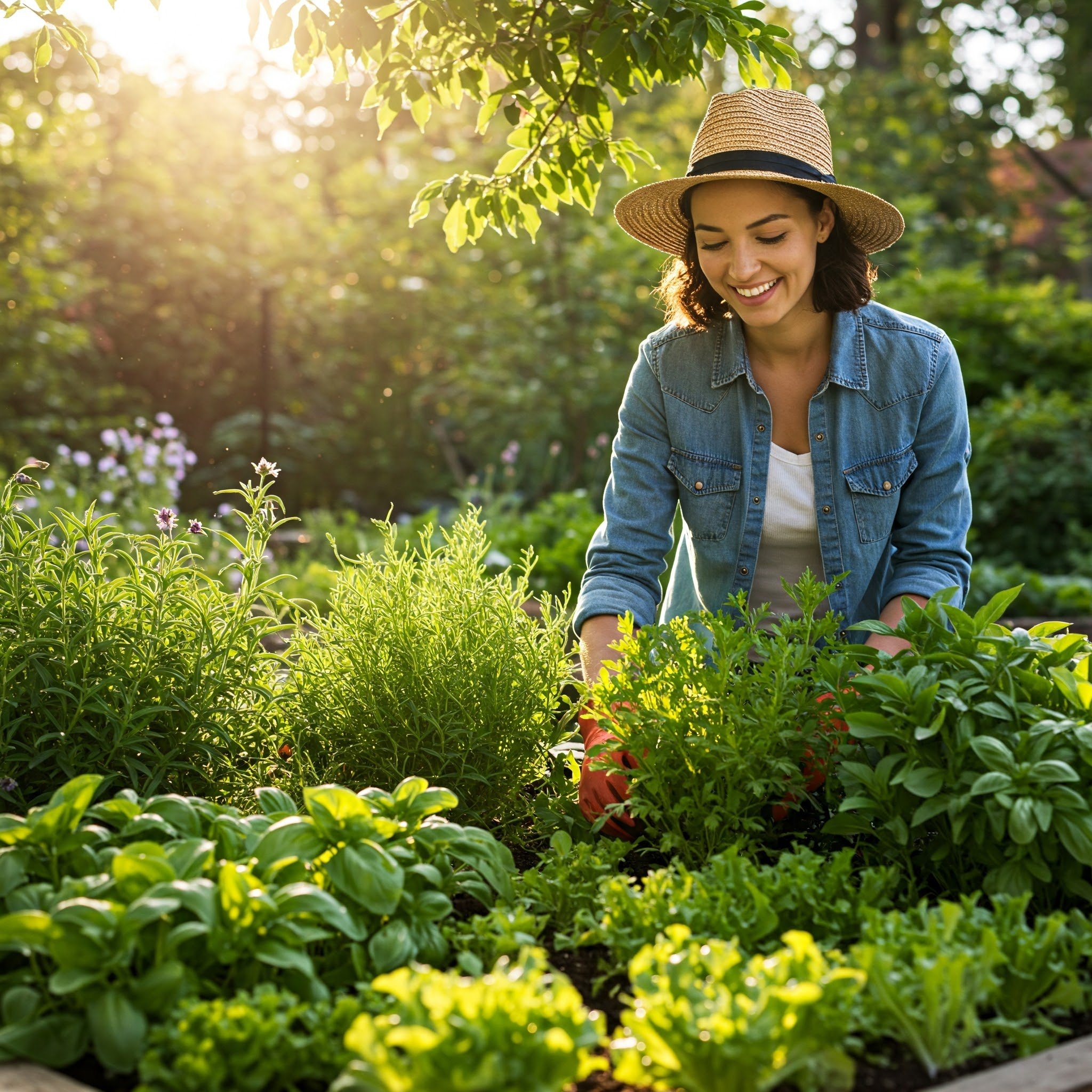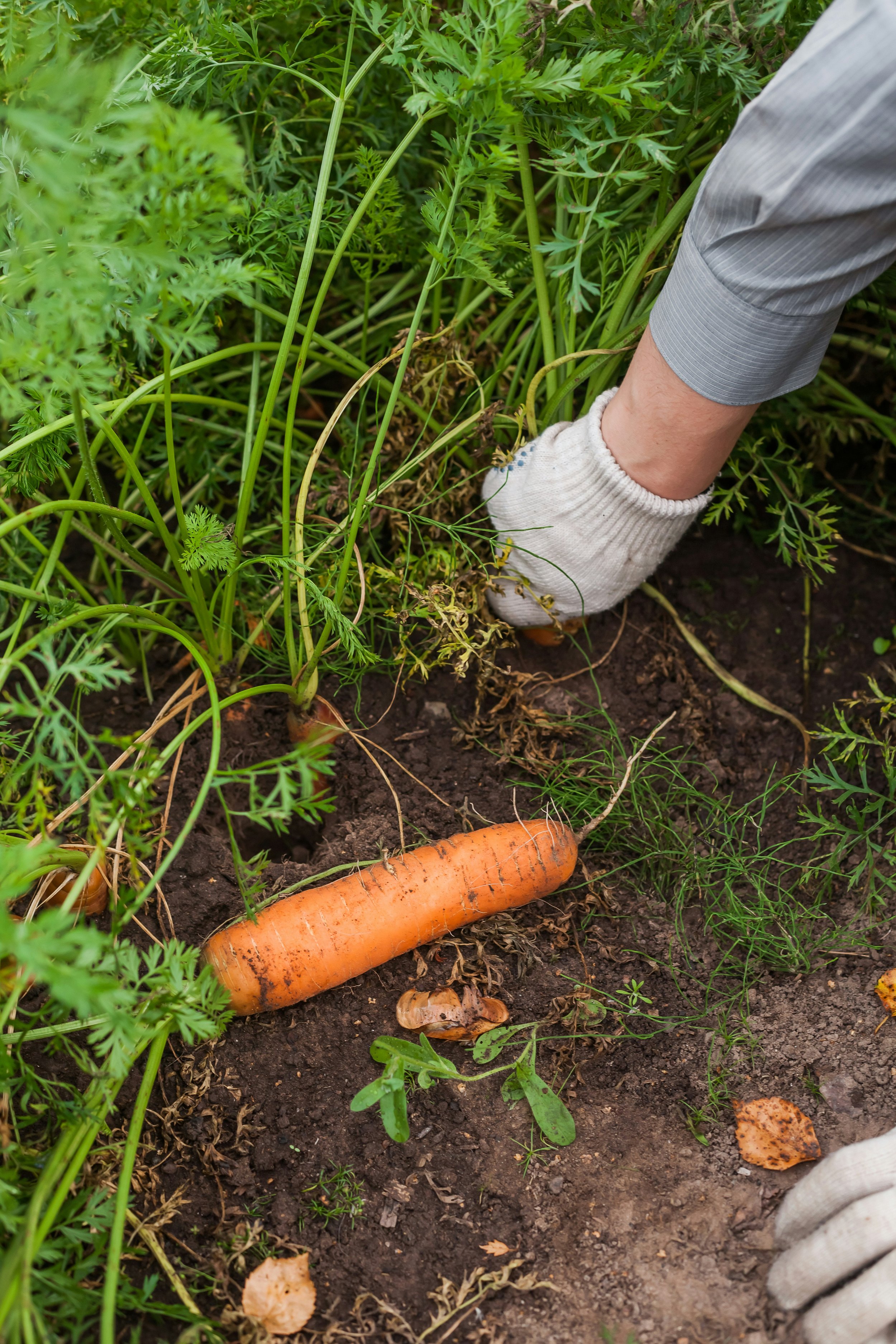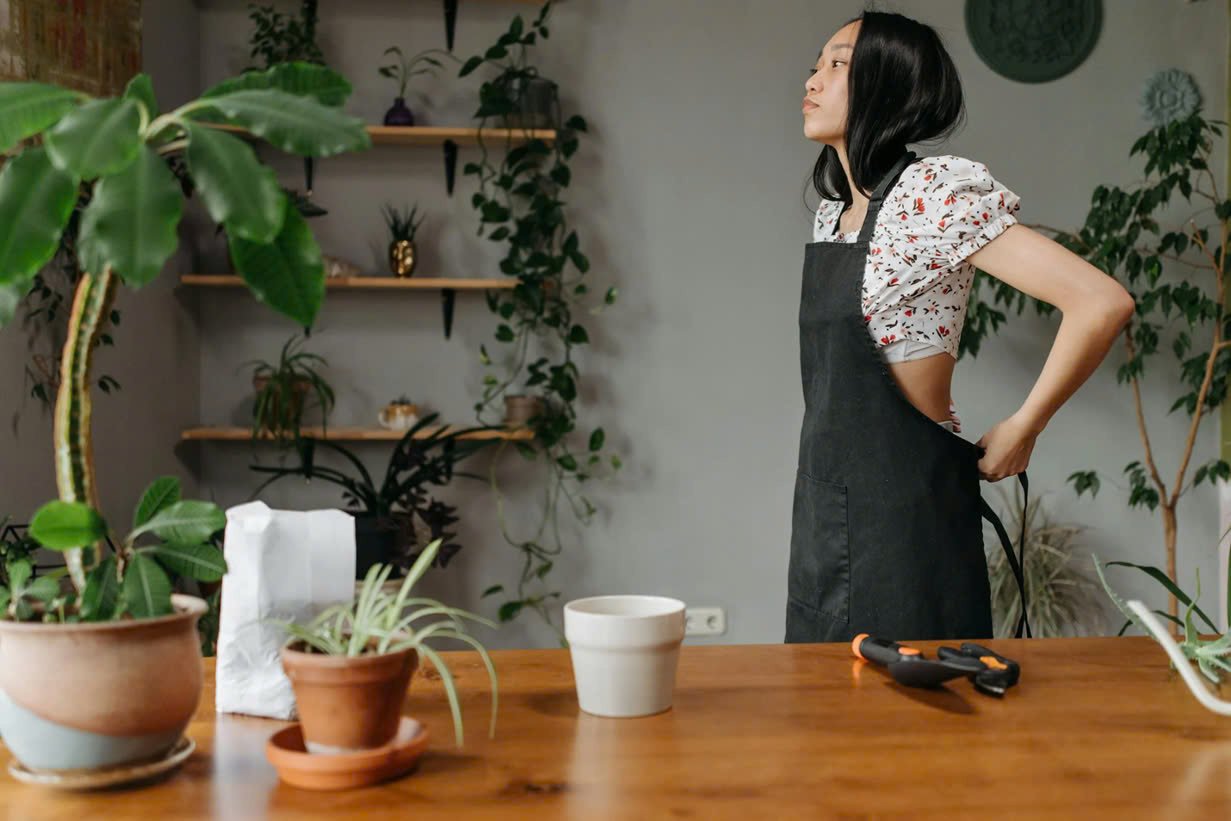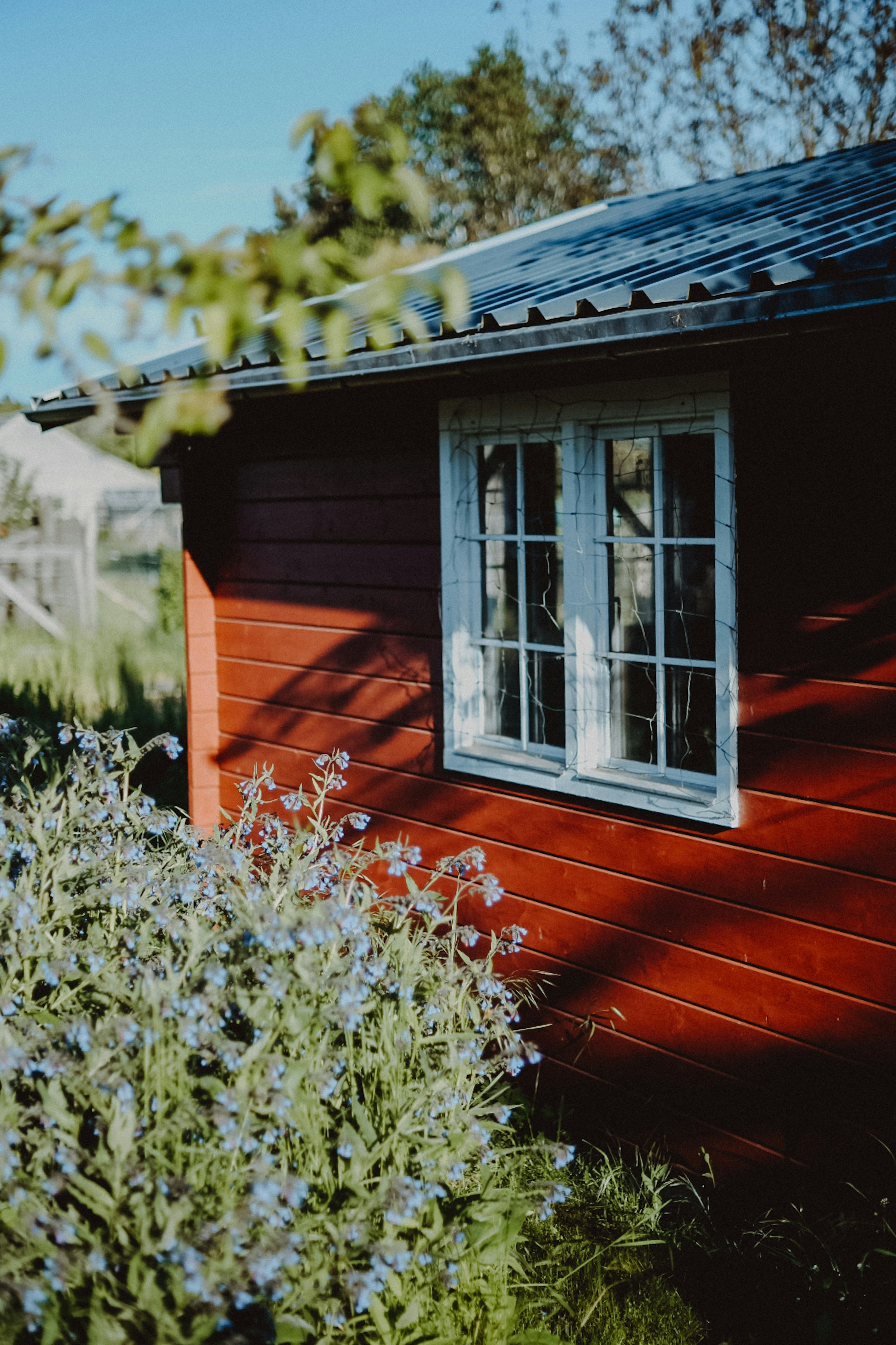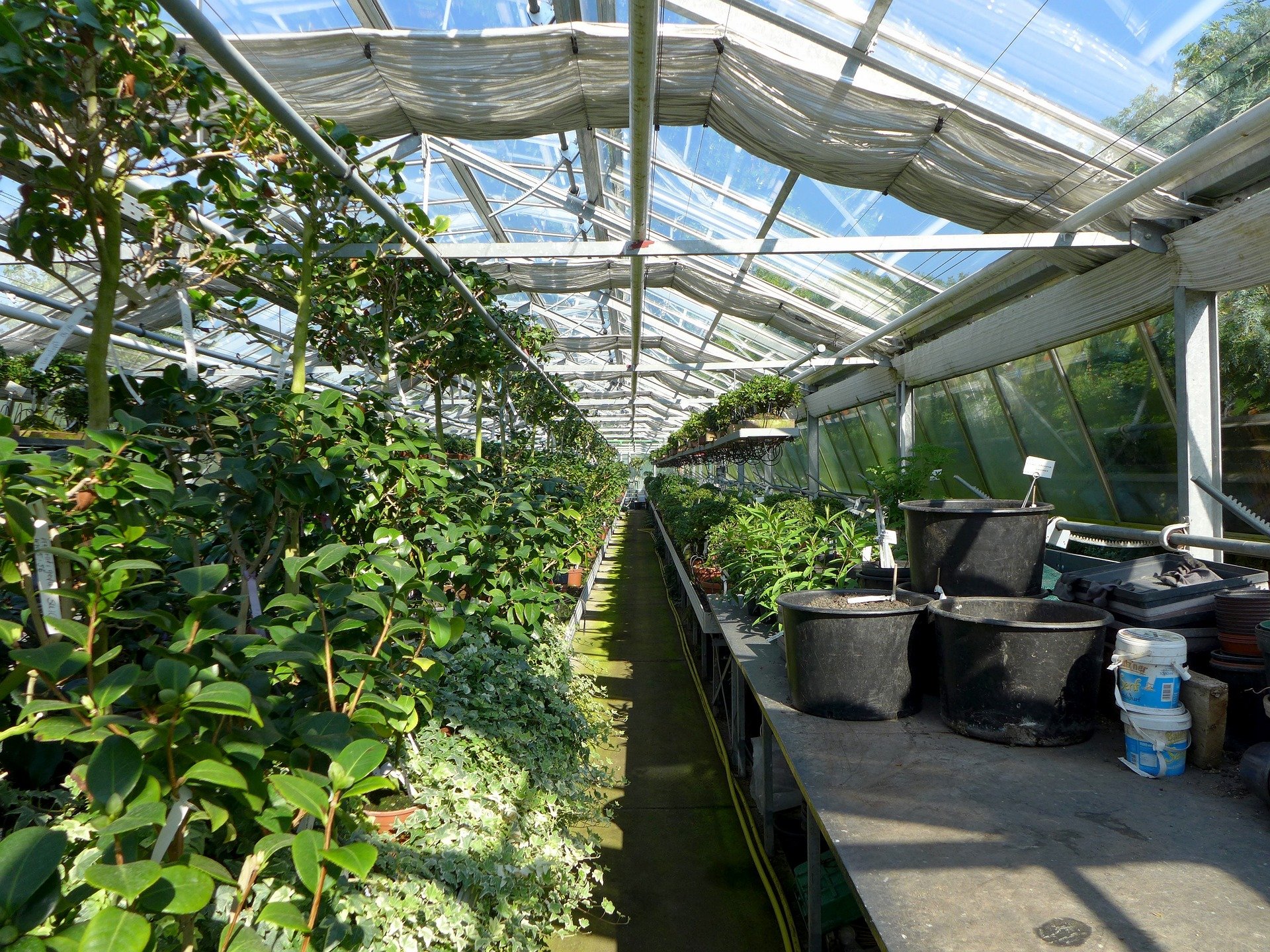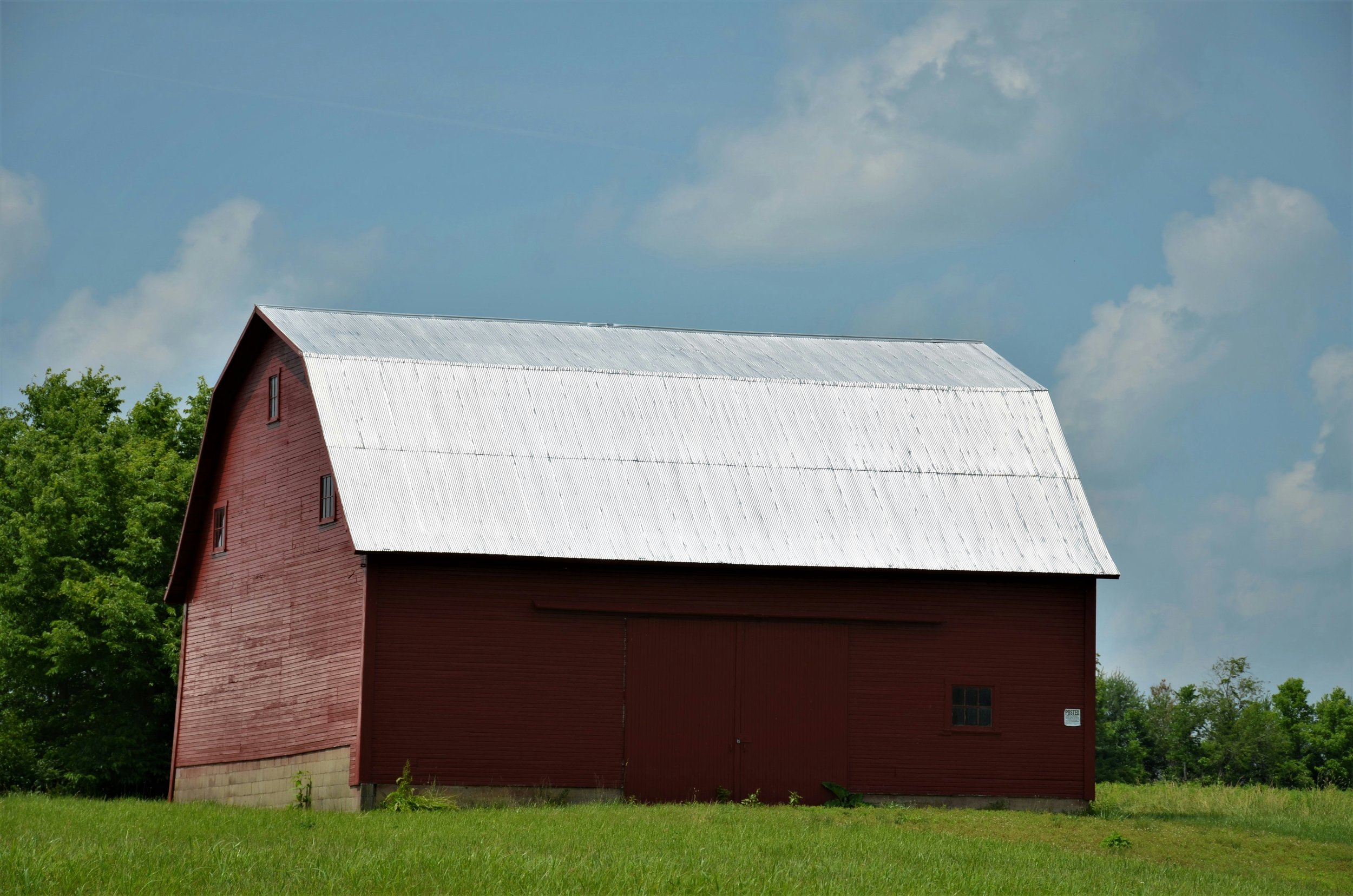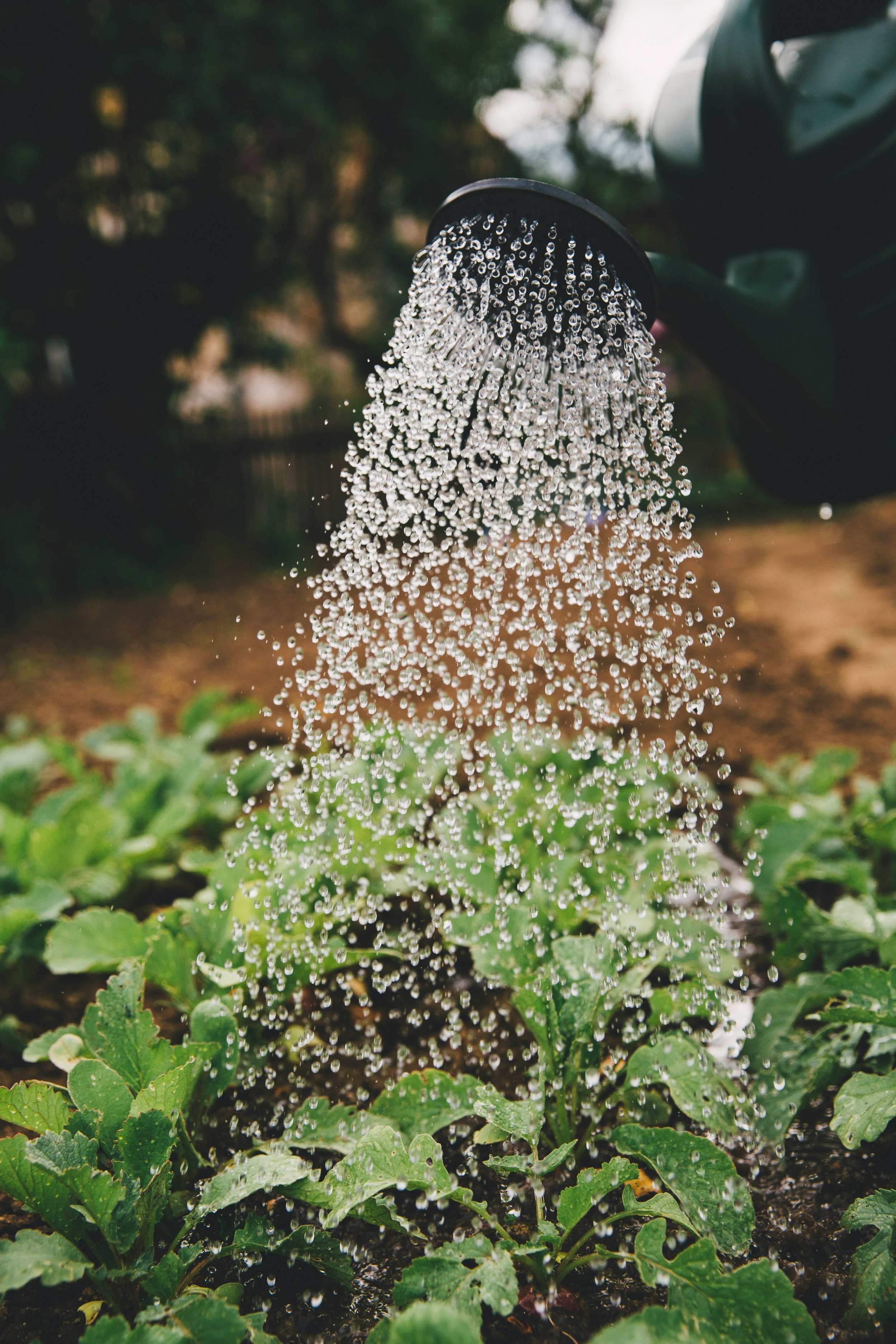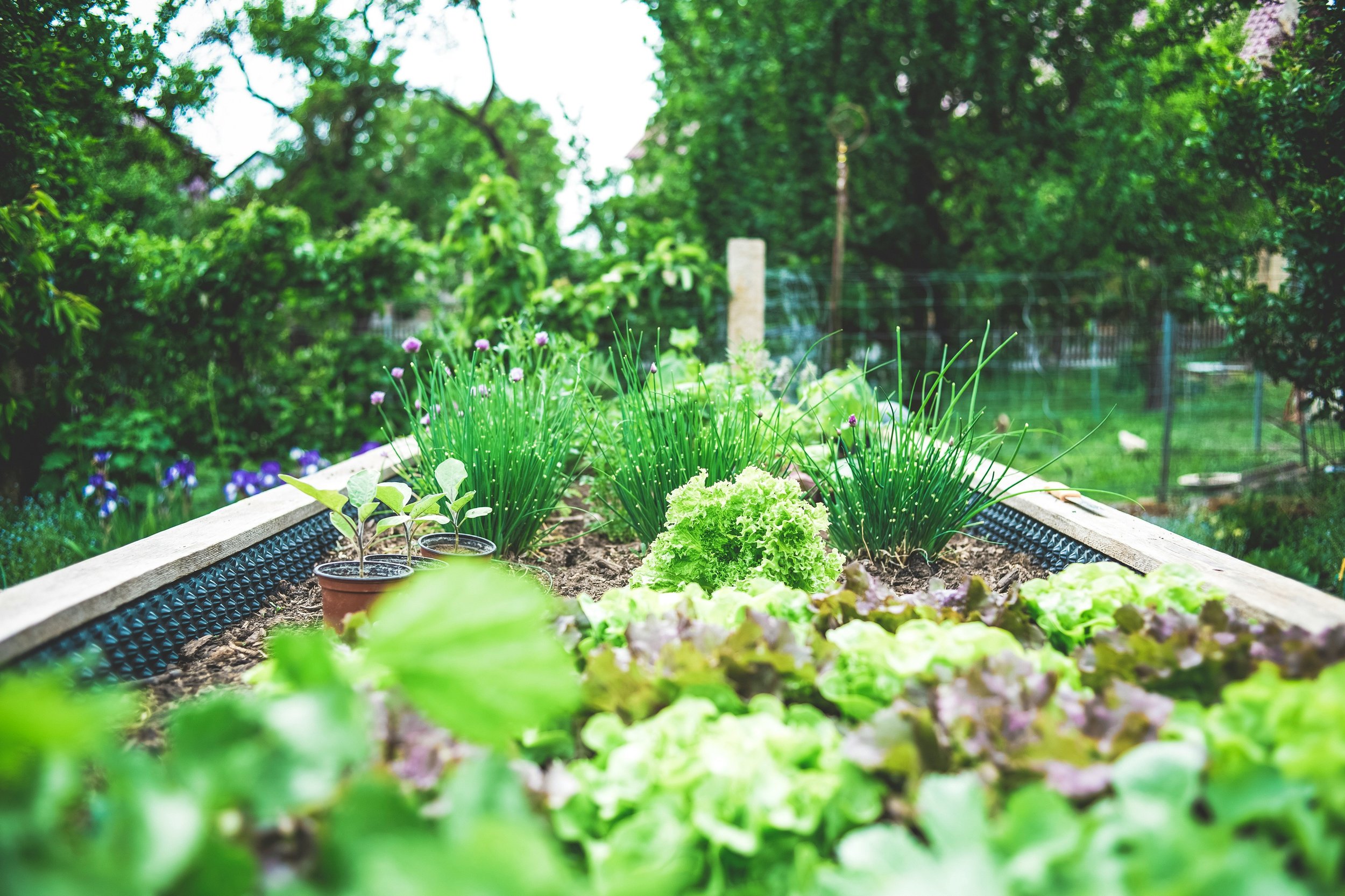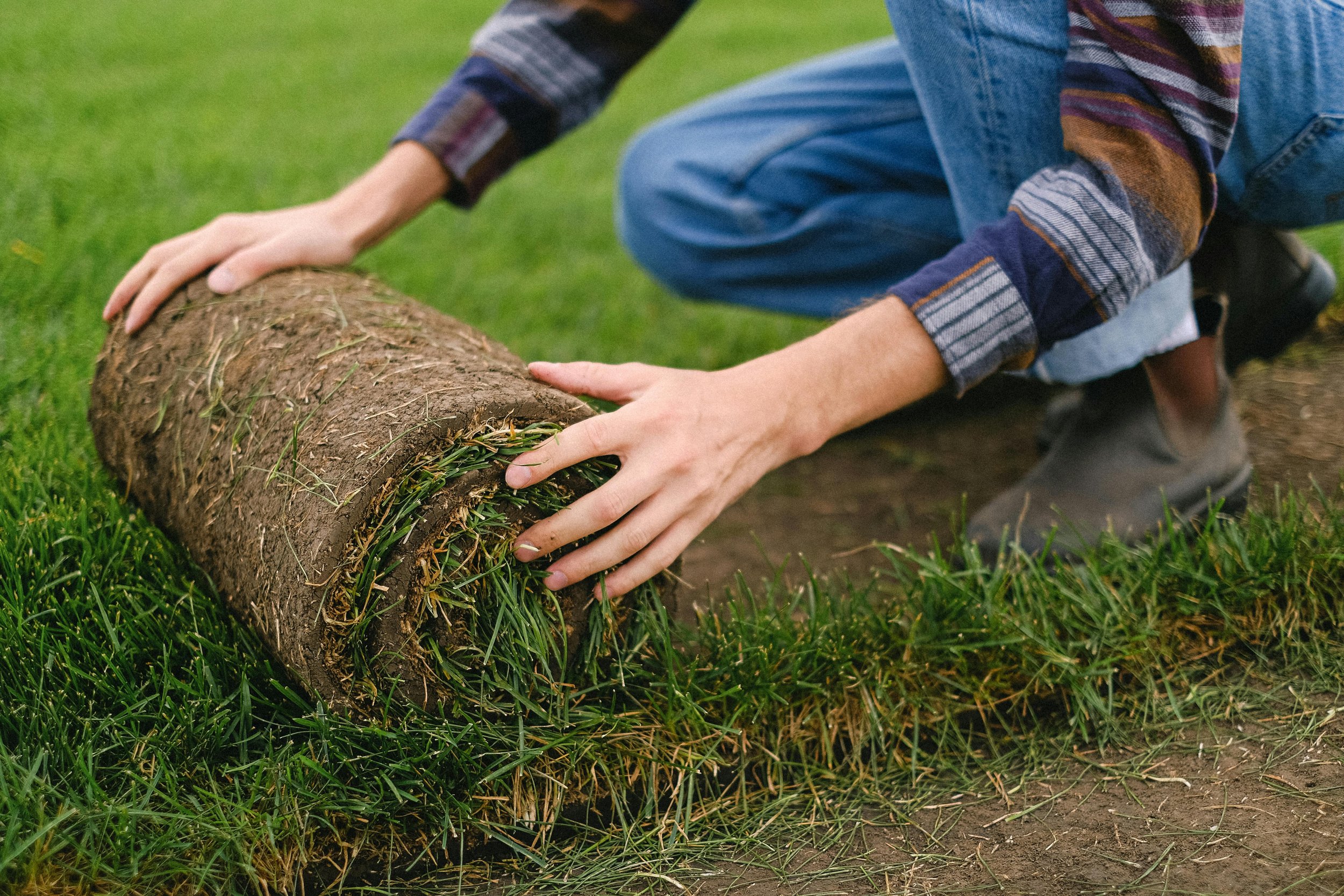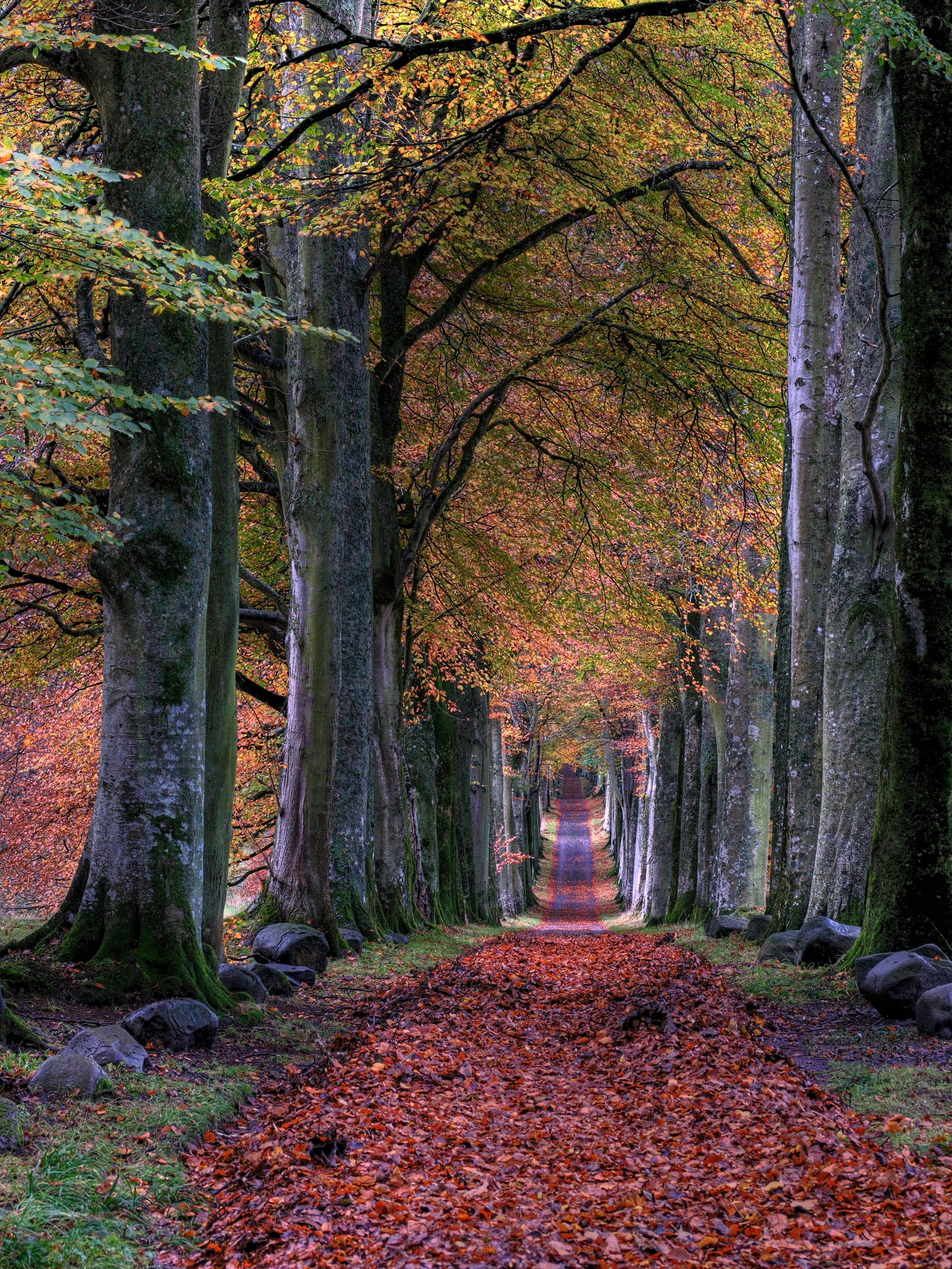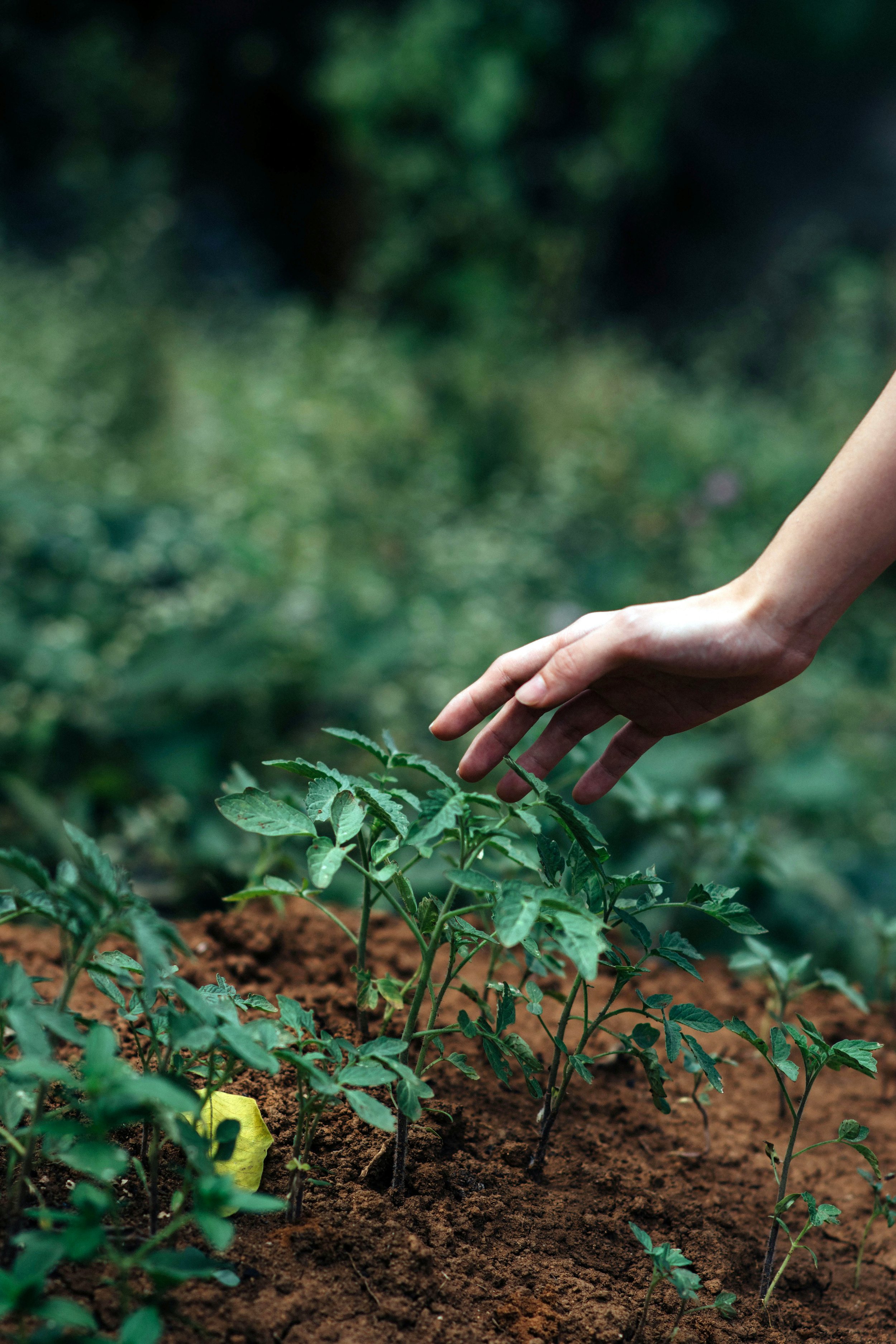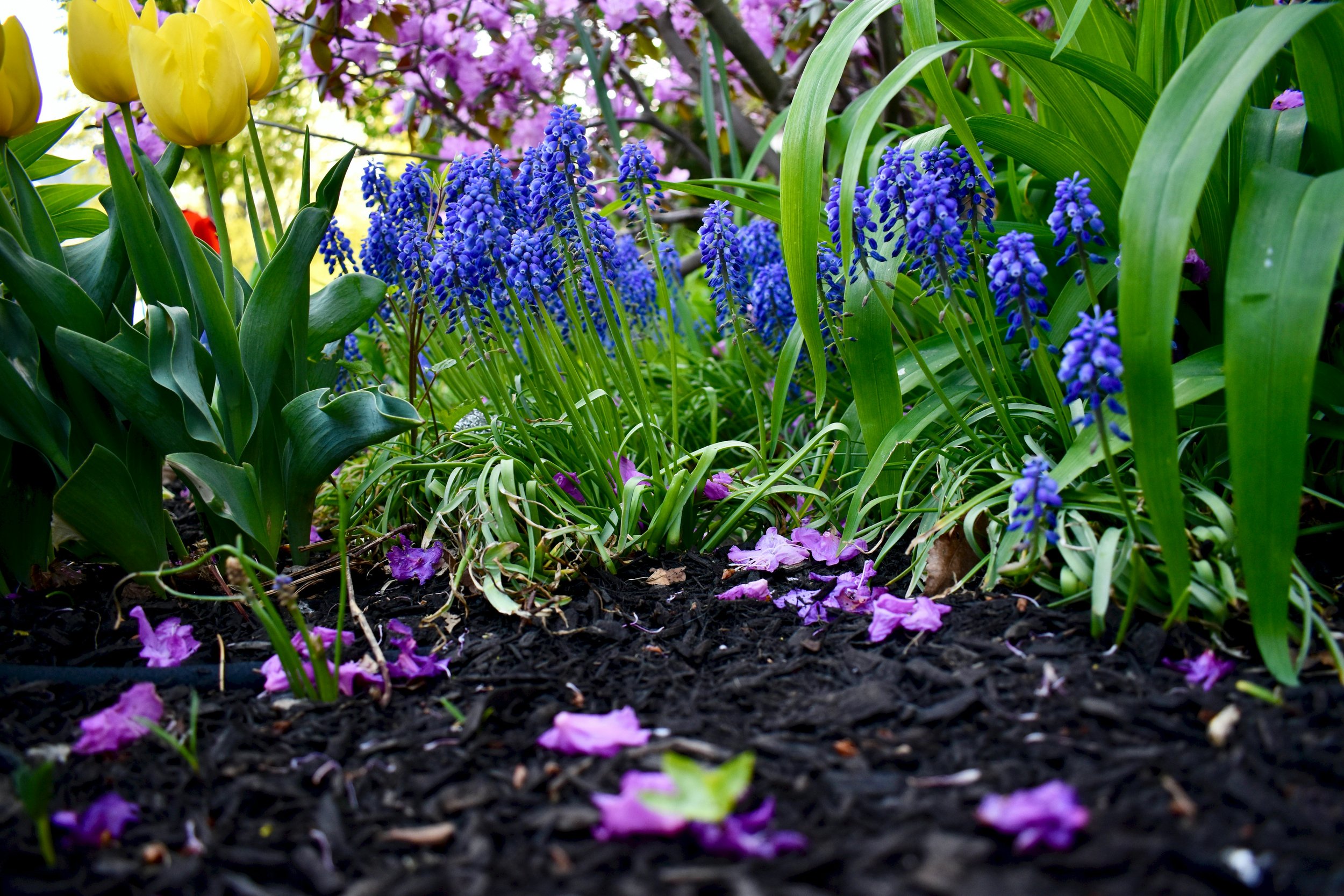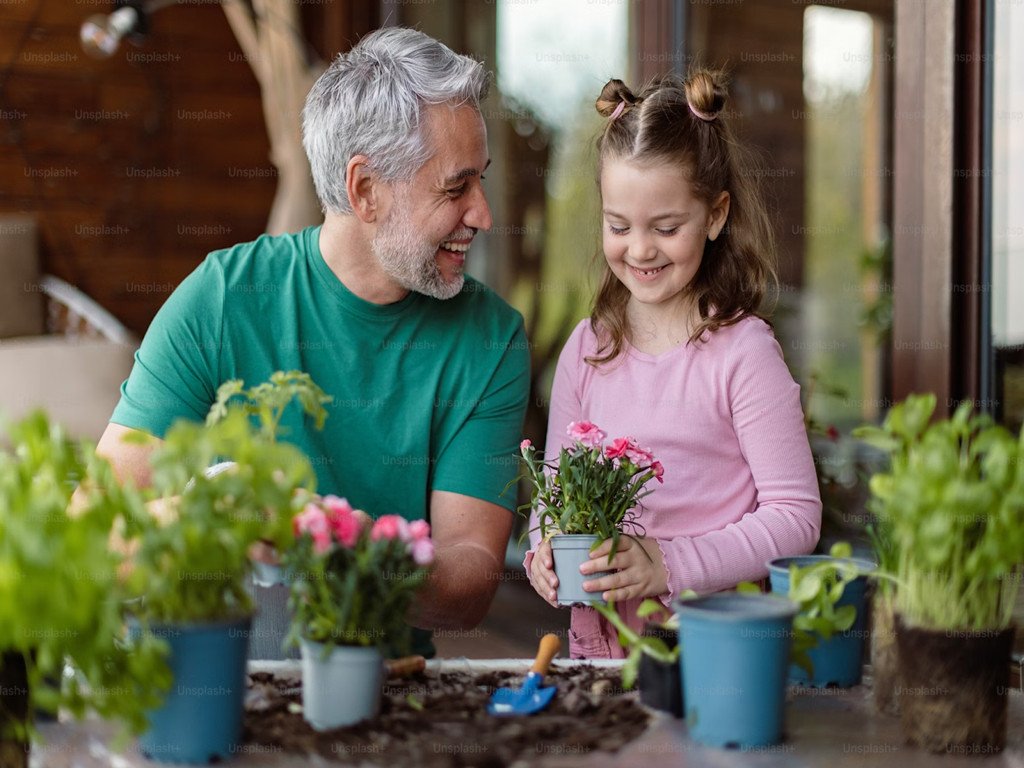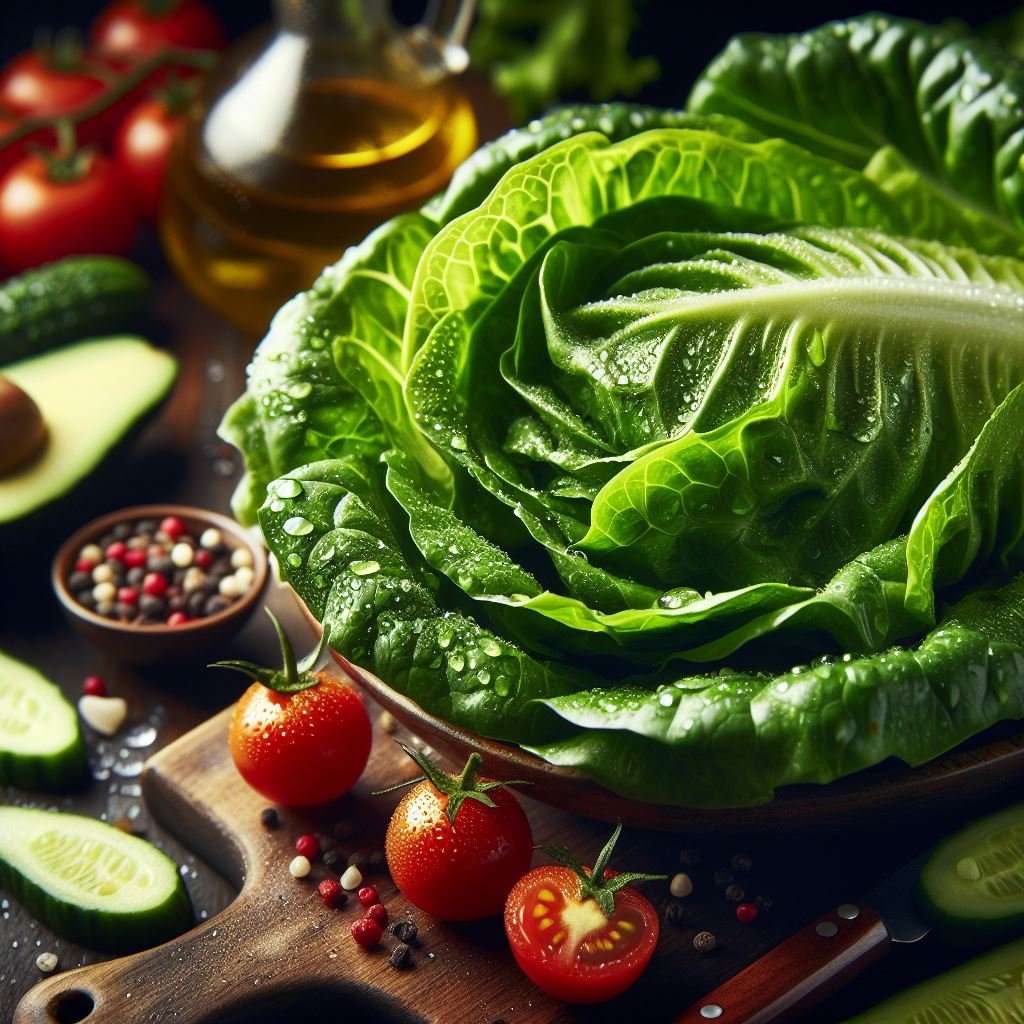Embarking on Your Gardening Journey: A Comprehensive Guide for Beginners
Start your gardening journey with this comprehensive beginner's guide, featuring essential tips for planting, maintenance, and creating a thriving garden.
While gardening may require patience and hard work before you can snap that perfect Instagram-worthy shot of vibrant pink roses, it’s still a wonderfully satisfying hobby that feeds your soul and senses. If you’re on the hunt for a new hobby, gardening might be the perfect pick, and as long as you can handle a gym session, you’re more than capable of thriving in the garden. Shovelling mulch and pulling weeds is no one’s ultimate fantasy, but at the same time, there’s no finer adornment for a home than the elegance of lush, carefully curated greenery. The uncertainty of where to begin can undoubtedly hold you back, but fear not – we’re here to guide you through every step of the gardening journey, making it easier to bloom along the way.
Familiarize Yourself with The Garden
Before planting your first seed, it’s imperative to become acquainted with your garden and acknowledge what it offers you and how you can make better use of the resources you have. The first step is to determine the orientation of your garden, whether it faces north, east, south or west, since each direction provides distinct conditions that are ideal for specific types of plants. For example, the south is a sunny area where you should grow plants suited to warmer, drier spots, such as Mediterranean herbs and sun-loving flowers. Moving to the next step, you must find out which type of soil is in your garden. Broadly, soil can be divided into three groups:
Sandy soil is easy to work with, as it’s very powdery and falls apart in your hands. However, it tends to dry out faster and sometimes doesn’t retain nutrients well, requiring additional fertilization.
Clay soil is dense and heavy, with fine particles that can lead to poor aeration and root development. It can be challenging to work with this type of soil, as it tends to become sticky when wet and hard when dry.
Silt soil is the finest of them all due to its smooth texture and nutrient-holding capacity.
Other basic garden information every gardener must know are soil pH value, climate zone characteristics, and last frost date.
Make a Plan and Buy Essential Tools
Now that your garden isn’t longer a stranger to you, you can start planning. Whether you’re happy with a simple sketch or you want to elaborate, busting out the graph paper and the ruler, choose according to your personality. After you design your garden’s layout, it’s time to decide what you want to grow. Avoid mixing plants that don’t look good together and can’t even grow in the same place, as plants with similar root systems compete for resources, later on becoming more vulnerable to diseases. If you wish to explore alternatives to growing plants directly in the soil, at elho you can find high-quality flower pots. Not only do they enhance the aesthetic appeal of your plants but also provide optimal support and protection, ensuring healthier growth and greater longevity. Moreover, timing is crucial for successful gardening, and generally, the best time for planting falls between spring and autumn. Keep in mind that some plants, such as particular roses, perennials, strawberries, and raspberries, are only available at specific times of the year, determining their planting season.
Now, let’s shift our focus to the tools you’ll need for the job, as having the right equipment at your disposal is essential when it comes to gardening. Gloves should be the top priority of your list, as without them, gardening can quickly become an uncomfortable task, leaving your hands vulnerable to scratches, splinters, and irritations. As you’re going to do a lot of cutting, trimming, digging, and edging, you also need pruning shears, loppers, garden forks, hand trowels, spades, rakes, and hoes. Watering would be next, as probably becoming a serial plant killer isn’t one of your deepest wishes. You can either get a watering wang which basically gives your plant a gentle rain shower, or a watering can, which gives you control over the amount of water dispensed. Additionally, you can purchase some planters, as they come in a variety of shapes, sizes, and materials, making them excellent for growing plants, flowers, herbs, and even small trees. Besides their appealing look, they allow you to move your green kingdom indoors, providing good drainage, which is a crucial trait for healthy root growth.
Learn How to Plant
After removing all weeds and covering the entire planting area with the suitable soil amendment, it’s time to dig your hole (which may sound a bit morbid if taken to the letter). However, dig it twice as wide and slightly deeper than the size of your plant’s pot, as the holes must be filled with water. As plants cannot be properly planted without first preparing their roots, this step may be critical. You can either use a knife and make several vertical slits in the bottom portion of the roots or use your hands to softly untangle the root system and make sure it isn’t tightly coiled upon itself. Adding moisture-holding granules is optional. However, if you do that, carefully read the instructions beforehand. Once everything is in its place, we can move on to the step where you position your plant in the hole, ensuring its base sits moderately above the existing soil level. You can add a small layer of mulch on the top of your plants, as it facilitates retaining moisture and suppressing weeds. Indeed, patience is the key, but you must care for your plants if you are hoping for remarkable results. Water them thoroughly and check the soil every day for the first weeks to ensure the soil remains adequately moist.
Final Thoughts
We hope this article has laid a strong foundation for your gardening journey, setting you up for success as you cultivate your green space. Make the most out of this experience and show off to your neighbors the stylish garden aprons you own. Good luck!
